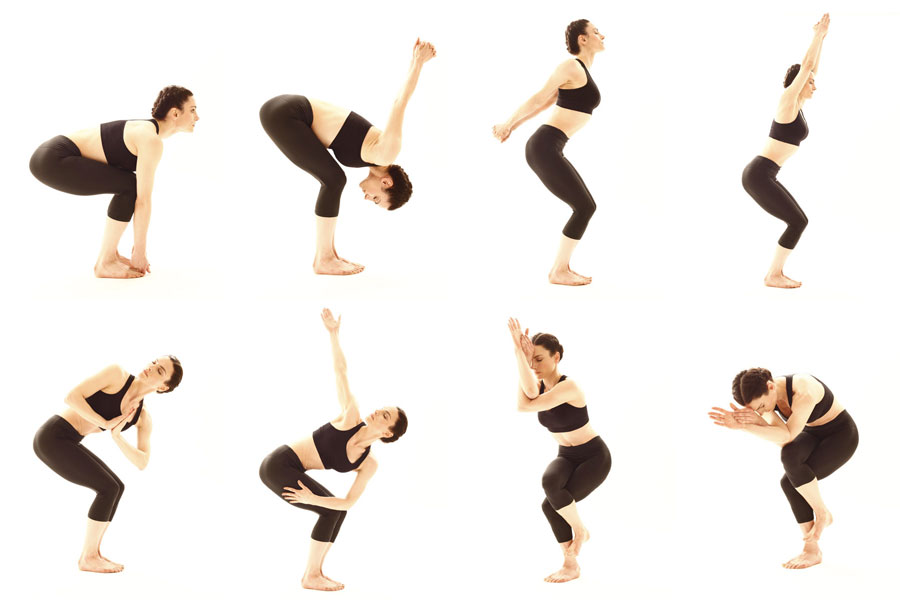I practice as the General Health Practitioner (GHP/naturopath) and yoga teacher at the Light Centre Moorgate in London. The comprehensive functional assessments that I perform as part of the holistic health screenings, not only look at signs of disease like conventional health checks do (e.g. blood glucose & cholesterol levels), but also the important precursors to ill health such as digestive function, nutritional status, emotional wellbeing, physical tensions and posture.
As part of assessing peoples posture and physical tension I also check their ability to squat. Reduced ability to squat comes from tight leg muscles (e.g. tight and shortened hip flexors, tight hamstrings), which are usually secondary to postural imbalances higher up. If a person can squat but finds it difficult to lean forward in this position (and place their hands flat on the floor) then the calf muscles are tight. Problems in achieving the squat may also stem from tight ankles due to wearing rigid footwear or poor pelvic alignment and weak glutes, due to sitting all day at a computer or long nights on the couch.
Nearly everyone in the undeveloped world can easily squat. People who regularly sit on chairs generally lose this ability. Interestingly, this is then accompanied by an 80-90% increase in hip problems (Beijing Osteoporosis Study, 2002).
The yoga squat takes tension from your lower body and works it steadily from your feet up to your back, you will release as well as strengthen your ankles, calves, quadriceps, hamstrings, hips, and buttocks muscles. Adding the twist while you squat works up your spine, and spreading your arms wide opens your chest – the antidote to the desk posture!
To take the pose, stand in Tadasana (Mountain Pose) with your feet parallel to each other, either touching or hip-width apart. Bend your knees into a squat, with your buttocks sitting far down as if you are trying to sit back on a chair. Make sure to keep your heels fully on the floor. Reach your hands to the ceiling to help balance. Stay for a few breaths, feeling how the breath moves the belly toward the thighs and how it expands the upper back. To add the twist, start with your left arm on your right knee. Lengthen your spine and, exhaling, twist to look over your right shoulder. If this feels good and your balance is steady, reach your right arm long and gaze toward your right hand.
Press the knee and arm (or shoulder) firmly against each other. Use this pressure to lengthen the left side of your torso out of the inner groins, sliding it along the tops of the thighs. There’s a tendency in these deep twists to harden the belly, so try to keep your belly soft. Hold for 5 to 10 breaths, then unwind and repeat on the other side.

